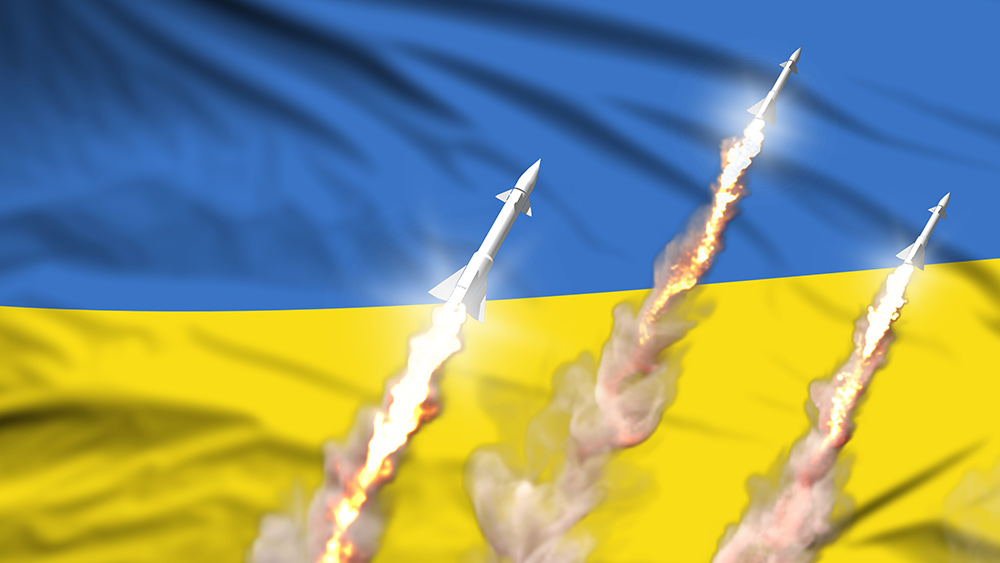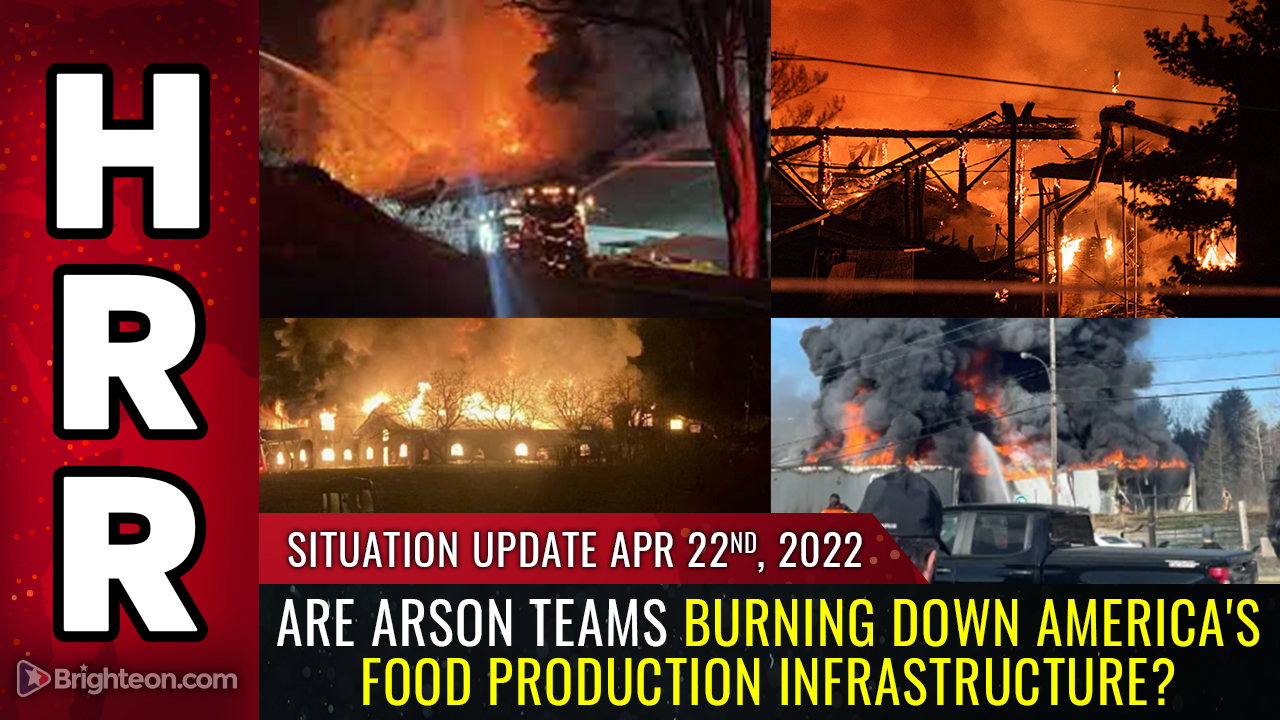Perfect storm: Pandemic, climate, war all contribute to food shortages around the world
04/24/2022 / By Mary Villareal

Never before in modern history has the food crisis become so bad, to the point that it is being influenced and exacerbated by so many major problems at once. We are in a “perfect storm” and things are only going to get worse as the months roll along.
First, the global fertilizer crisis will result in a loss of production worldwide, affecting around 500 million people. Prices of crops from India to Vietnam to the Philippines have doubled or tripled in the past year alone, and with the shortages in fertilizer as an effect of the Russia-Ukraine conflict, crop yields are expected to drop another 10 percent in the next season, which translates to a loss of 36 million tons of rice. (Related: Food crisis incoming: War in Ukraine threatening global food supplies, half a billion people at risk of hunger.)
Wheat will have the same problems, as well. An agricultural commodity expert warned that the war in Ukraine alone could mean around 19 to 34 million tons of export production loss.
Ukraine and Russia are responsible for roughly 30 percent of the global exports of wheat, and 65 percent of sunflower. In the context where those markets are increasingly tight and interconnected, a slight disruption in supply can create some impact on their prices. If the war between the two countries continues, the loss could be as high as 43 million tons in 2023.
The prices of wheat products have also increased. From early March to early April, the price of wheat jumped almost 20 percent.
Moreover, with the bizarre weather patterns, the outlook for the months ahead does not seem too promising. In the United States, much of the winter wheat had been devastated by persistent drought. According to the United States Department of Agriculture, 69 percent of the total winter wheat production is in an area experiencing drought, including hard red winter, soft red winter and soft white varieties. This includes 82 percent of the production in Kansas, 82 percent in Colorado, 99 percent in Texas and 99 percent in Montana.
Corn is not looking great, either – Russia and Ukraine are two of the largest global corn exporters in the world and the conflict is causing considerable instability, leading to its soaring prices.
Number of undernourished people increasing since 2014
The number of undernourished people has increased by over 10 million annually. Even before the pandemic hit, close to 700 million people were unable to acquire enough goods to meet their daily minimum dietary energy requirements. However, the pandemic pushed an additional 120 million people on the brink of dying from hunger.
Food prices have been up, as well. According to the Food Price Index, prices in December 2021 were up by over a fifth from the year prior. Prices of cereal have reached their highest annual level since 2012; vegetable oil reached an all-time high at a 65.8 percent increase from 2020; and sugar rose by 29.8 percent from the previous year to its highest since 2016.
Even meat and dairy have not been spared: meat prices are 12.7 percent higher compared to 2020, and the price of dairy was on average 16.9 percent higher in the same time frame.
These prices should not be dismissed by food policy specialists. When the price of staple food increased in 2007 and 2008, it resulted in food riots in numerous countries as well as a political shift in the Middle East.
Consumers across the globe that are not usually impacted by food insecurity are already feeling the impact. In Japan, the prices of their best-selling snacks rose by 20 percent – the first price increase since 1979.
In Canada, the increase in food prices was said to be the cause of the surge in shoplifting, especially of meat, cheese and alcohol.
The conflict between Russia and Ukraine could also affect food security. In 2014, after Western countries imposed a series of sanctions on Russia following its invasion of Crimea, Moscow implemented counter-sanctions that completely banned imports of beef, pork, fruit, poultry, cheese and milk from the European Union, the United States, Australia, Canada and Norway. (Related: Russia-Ukraine war will further worsen global food shortage as poor nations face starvation, unrest.)
Environmental, economic and geopolitical indicators all appear to signal further increases in food prices in 2022, and policymakers will need to consider their actions to prevent such crises.
Follow FoodCollapse.com to know more about the global impact of food shortages.
Watch the video below to learn about food shortages and how this could trigger riots in the U.S. and around the globe.
This video is from the High Hopes channel on Brighteon.com.
More related stories:
Global food prices surge to record highs; FAO warns of possible famine all over the world.
Food rationing begins in some countries as plandemic’s war phase escalates.
Sources include:
Submit a correction >>
Tagged Under:
agriculture, chaos, Collapse, exports, famine, fertilizer, fertilizer production, food insecurity, food production, food riots, food scarcity, food supply, rationing, Russia, shortages, starvation, supply chain crisis, Ukraine
This article may contain statements that reflect the opinion of the author
RECENT NEWS & ARTICLES
COPYRIGHT © 2017 CHAOS NEWS




















